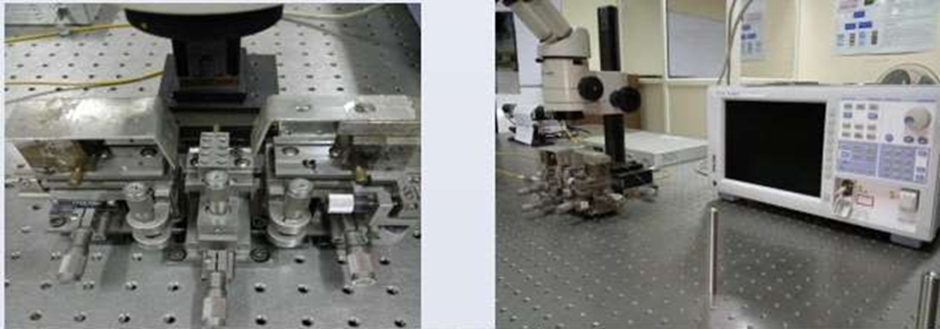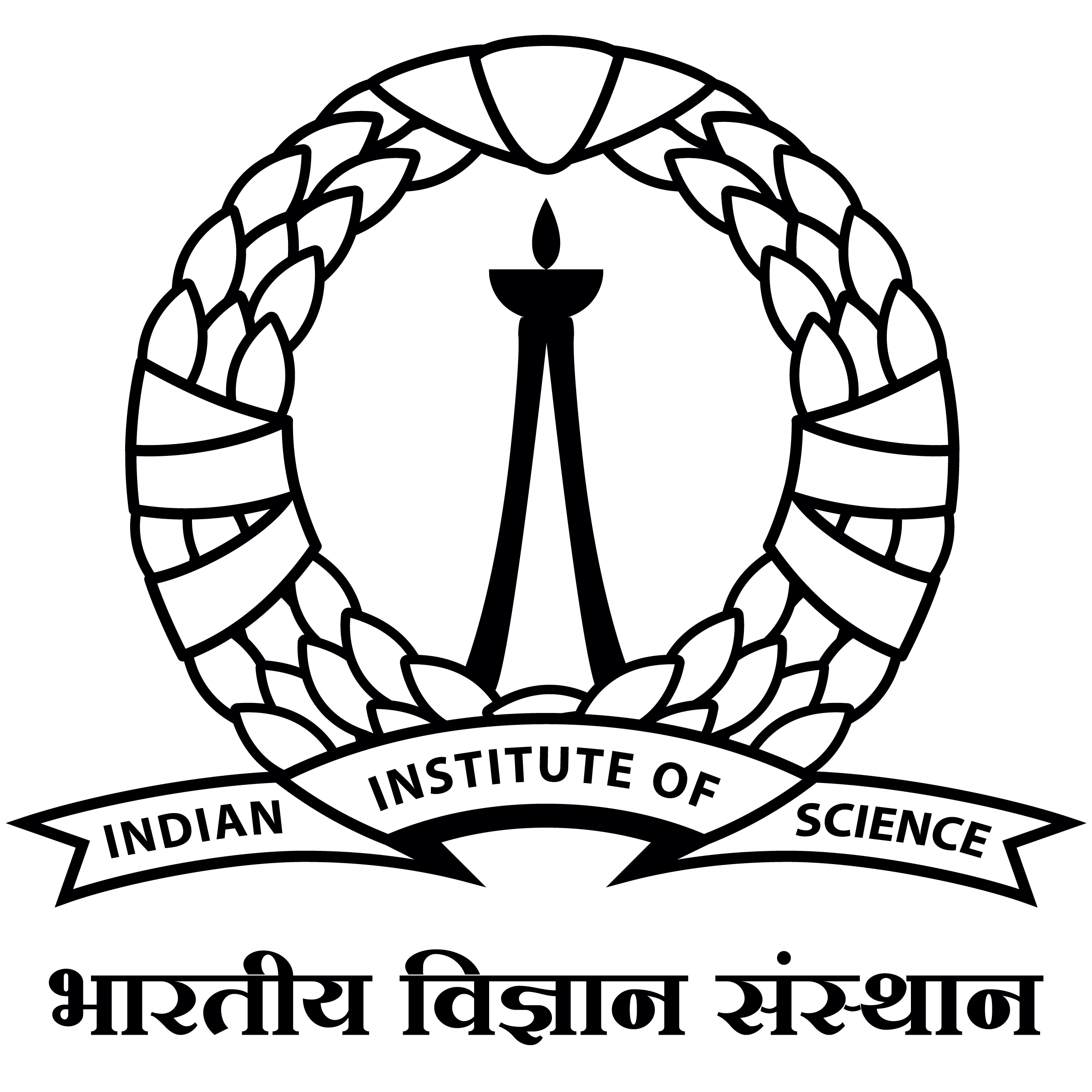Research Contributions
These are a few of the key contributions that we have made.
Microwave Photonics
Microwave photonic combines the application of microwave
techniques to optical communications and optical techniques to RF
and microwaves. Two application areas are antenna beam forming and
high speed optical modulation. We analysed curved integrated optic
waveguides to achieve microwave phase-shifts. Using electo-optic
switches to join these curved waveguides we obtain switched delay
line useful for antenna beam forming and beam steering. Using
interference of closely spaced laser frequencies in optical
waveguide couplers we create high speed modulators like BPSK and
QPSK.
Quantum Communications and Computing
Implementation of quantum information functions is a topic of
significant interest where photonic devices are considered to play
an important role. In our recent work we addressed we investigate
the role of quantum indistinguishability in random number
generation, that of quantum temporal correlations in a specific
device-independent scenario as applied to prepare-and-measure QKD
schemes, and further that of quantum non-locality and
counter-factuality as applied to quantum information splitting and
certificate authorization. Integrated optic devices for quantum
logic gates and high dimension QKD are also studied.
Significant Achievement during this period:
Experimental realization of photonic bandgap structures, with sub-micrometer dimensions on silicon, and fabrication of long channel waveguides and gratings in Silicon for light coupling to integrated optic devices.
PBG based ring resonator IO grating and tapered waveguide
 Measurement Setup
Measurement Setup

Significant Achievement during this period:
Experimental realization of photonic bandgap structures, with sub-micrometer dimensions on silicon, and fabrication of long channel waveguides and gratings in Silicon for light coupling to integrated optic devices.
PBG based ring resonator IO grating and tapered waveguide


Optical Integrated sensors and Biochemical applications
Biosensors and biochemical applications is a potential application
ground for integrated optics. Presently cladding layers of
integrated optic circuits is manipulated to created biosensor
applications. Knowledge and requirement of health care
applications will enhance the development of these devices. This
aspect will be included along with studies in basic integrated
optics. Also biological phenomena are a source of ideas for
engineering. New engineering devices and systems could be
developed to imitate biological systems but with greater
efficiency, speed and control.
Photonic Quantum Communications and Computing
Quantum techniques are considered the future of communications and
information engineering. They are natural, powerful and
indispensable. Photonics is the route to implementing quantum
information functions. Miniaturization is necessary for practical
applications. New integrated optic structures can perform quantum
functions effectively, for example coupled cavities of photonic
band-gap structures. Implementation of the already established
algorithms and theories is a major activity in the field.
Photonic Inverse Design
Inverse Design techniques automate the design process of photonic
devices for a given target and conditions, unlike the conventional
method in which the design process is guided by human intuition
and systematic fine-tuning. It is capable of exploring the full
space of fabricable devices. This technique consists of a
numerical solver of maxwell equations with optimization and
machine learning algorithms.
Programable Photonics IC
Integrated photonic circuits provide a sustainable alternative to
electronic circuits offering high bandwidth, a small footprint,
and low power consumption. This can be further scaled by
multipurpose photonic chips, which can be programmed to manage
multiple functions simultaneously using dynamic routing
algorithms. These chips can be utilized in a wide range of
applications, including 5G/6G communication, intelligent
transceivers and switches, hardware accelerators for neural
networks, LIDAR and aerospace surveillance and communications.
These programmable photonic circuits rely on MZIs and phase
shifters to implement routing, independent amplitude, and phase
change. Some exciting applications using these chips can be the
implementation of uplink and downlink in the same circuit for
optical communication, photonic radars, high throughput
biosensors, arbitrary optical filters etc. For decades electronic
FPGA circuits have shaped the communication industry; the next
revolution will be brought around by these programmable photonic
integrated circuits.
